-
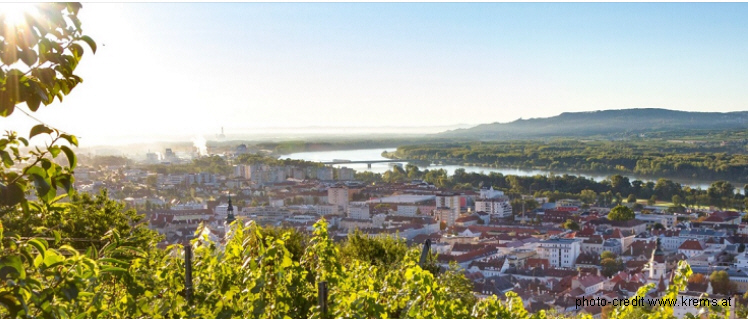
Host City Krems of 44. IAD Conference (6.Febr-9.Febr 2023), Austria: photo credit: Stadt Krems
-

Danube River, 44.IAD Conf Krems (8.2.2023), Wachau, Austria photo credit: Віктор Вишневський (UA)
-
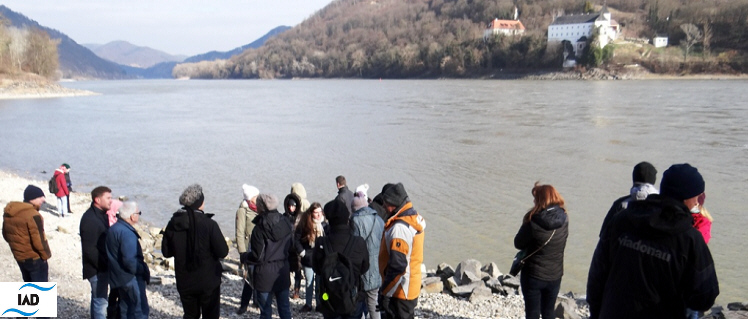
Danube River Excursion, 44.IAD Conf Krems (8.2.2023), Wachau (near Grimsing), Austria photo: K.Teu
-

Danube stretch in winter mood, Romania, 2010 photo credit: Harald Kutzenberger
-
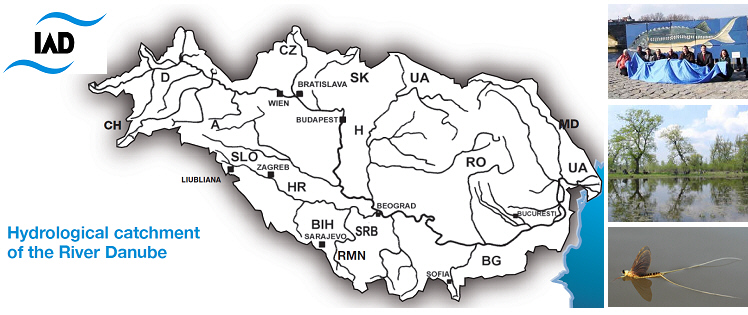
Map of the Danube River Basin and IAD-countries photo credit: several authors
-
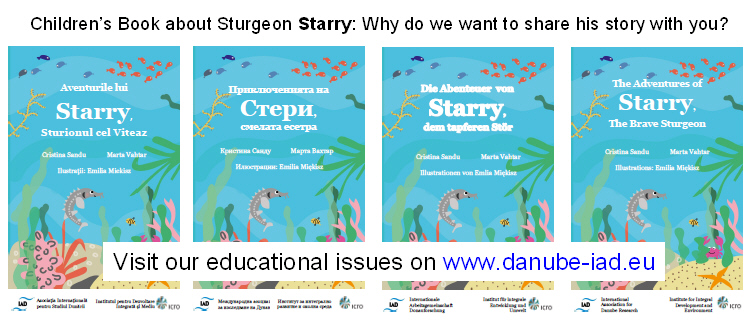
Children's Book by Sandu, Vahtar and Miękisz (2020), English Book & Translations credit: book illustrations
-

Children's Book by Sandu, Vahtar and Miękisz (2020), Multilingual Translations credit: book illustrations
-
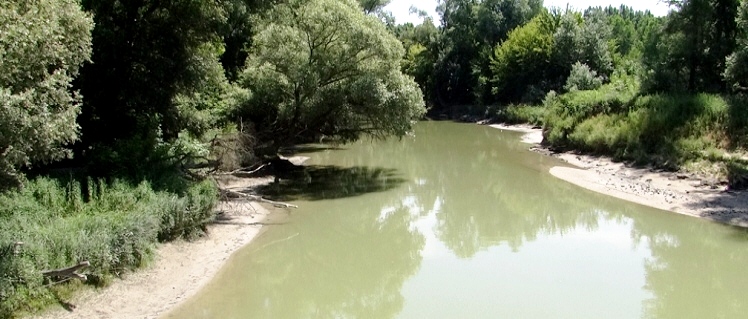
Veľkolélsky island, Danube floodplain, Slovakia, 2022 photo credit: Katrin Teubner
-
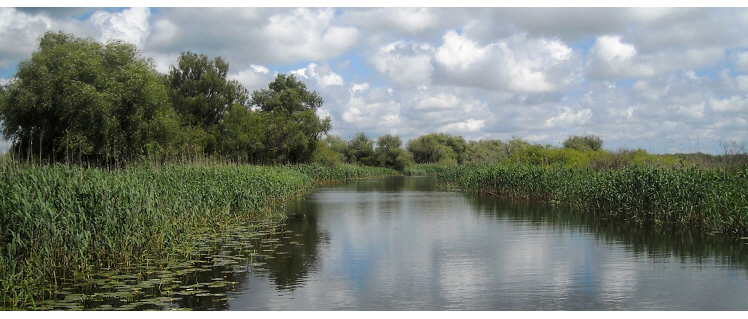
Danube channel, Romania photo credit: Cristina Sandu
-

Children's Book by Sandu, Vahtar and Miękisz (2020), Translation into Romanian credit: book illustrations
-

Sturgeon, Romania photo credit: Viorel Gavrila
-
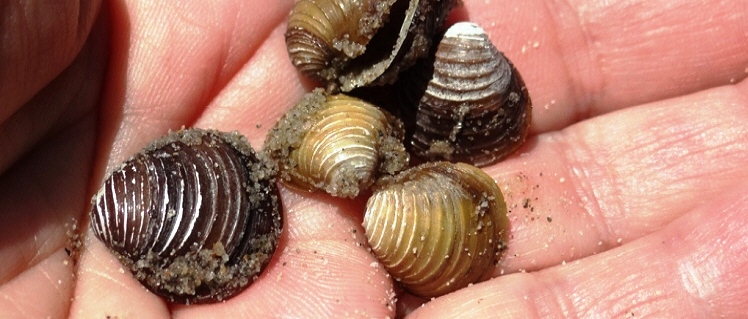
Veľkolélsky island, Corbicula sp., Slovakia. 2022 photo credit: Katrin Teubner
-

Veľkolélsky island, Slovakia, 2022 photo credit: Katrin Teubner
-
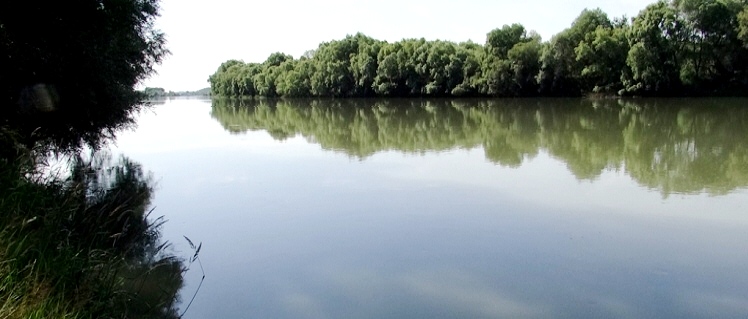
Danube sidearm near Gabčíkovo dam, Slovakia, 2022 photo credit: Katrin Teubner
-
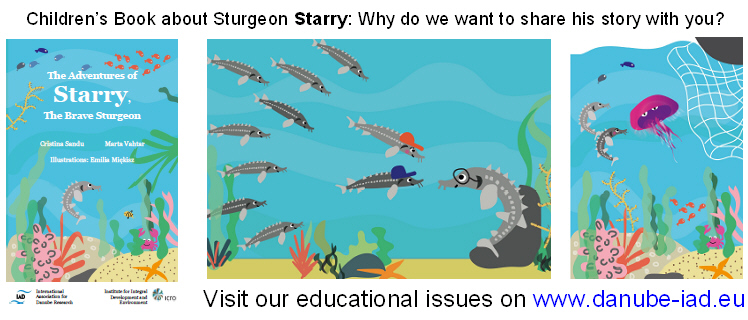
Children's Book by Sandu, Vahtar and Miękisz (2020), English credit: book illustrations
-
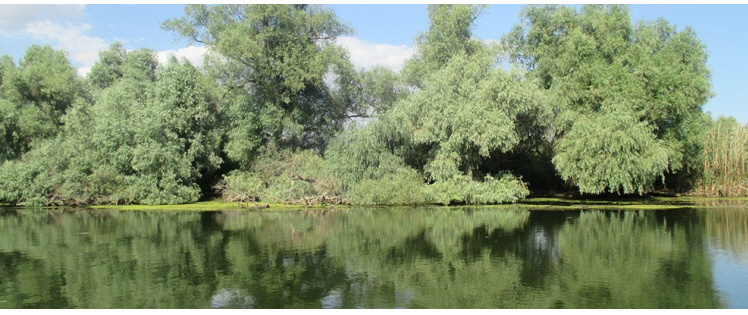
Channel Danube Delta, Romania photo credit: Cristina Sandu
-

Children's Book by Sandu, Vahtar and Miękisz (2020), Colouring Books credit: book illustrations
-
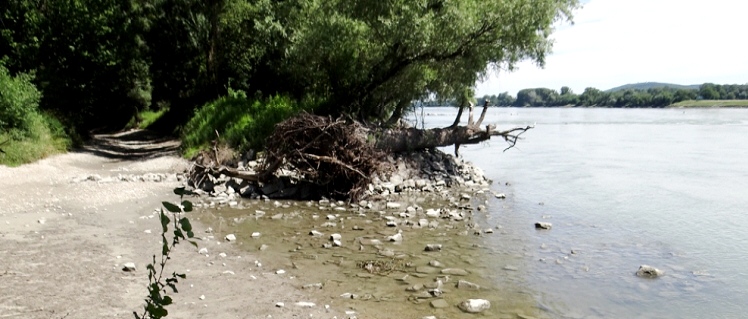
Daube river at Bratislava, Slovakia, 2022photo credit: Katrin Teubner
-

Danube River floodplain forest, Hedera helix, Austria, 2023photo credit: Katrin Teubner
-
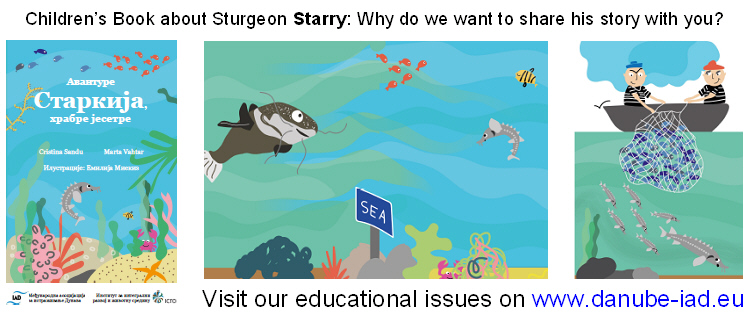
Children's Book by Sandu, Vahtar and Miękisz (2020), Translation into Serbian credit: book illustrations
-
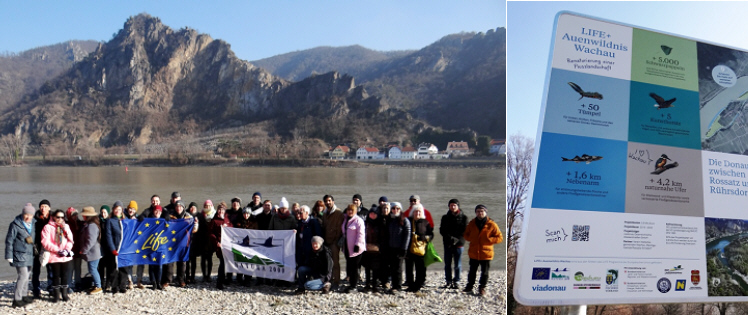
Danube River Excursion, 44.IAD Conf Krems (8.2.2023), Wachau (Rossitz-Rührdorf), Austria photo: K.Teu
-
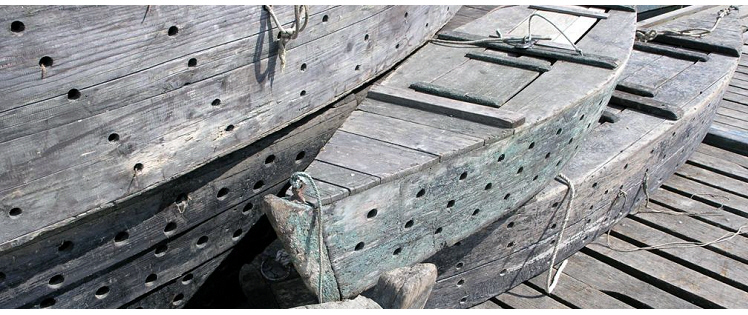
Fish catch boats in Gemenc, Hungary, 2007 photo credit: Katrin Teubner
-

Gemenc fishery, Hungary, 2007 photo credit: Katrin Teubner
-

Children's Book by Sandu, Vahtar and Miękisz (2020), Translation into Hungarian credit: book illustrations
-
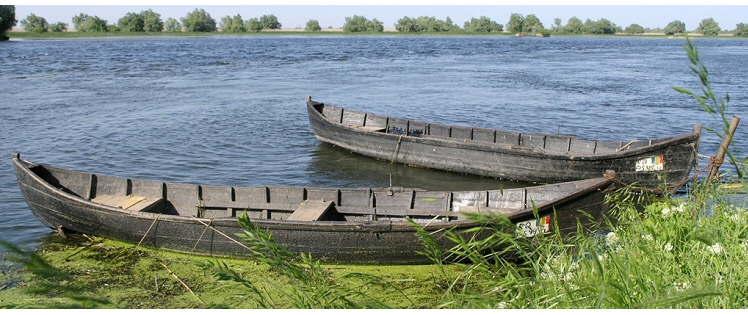
Fisherboats at village Mila, Romania, 2005 photo credit: Katrin Teubner
-
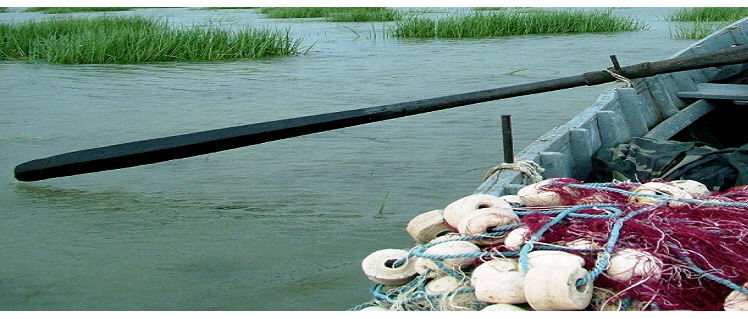
Fisherboat, Romania, 2005 photo credit: Nicolae S.P.
-

Fishermen boat, Romania photo credit: Cristina Sandu
-

Danube stretch in Orsova, Romania, 2005 photo credit: Katrin Teubner
-

Hydromorphological assessment for Danube tributaries: Drava and Mura photo credit: Ulrich Schwarz
-

Children's Book by Sandu, Vahtar and Miękisz (2020), Translation into Croatian credit: book illustrations
-
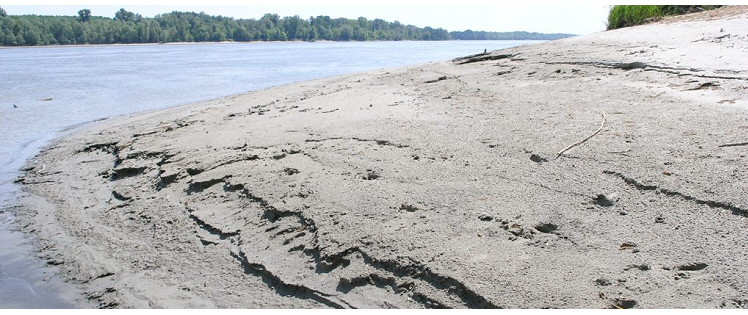
Danube stretch in Gemenc, Hungary, 2007 photo credit: Katrin Teubner
-
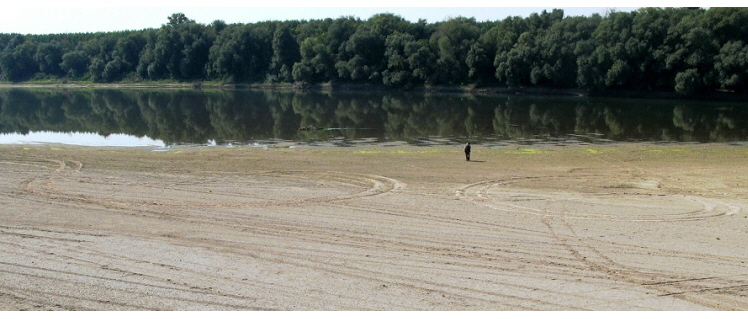
Danube side channel, Romania, 2005 photo credit: Nicolae S.P.
-
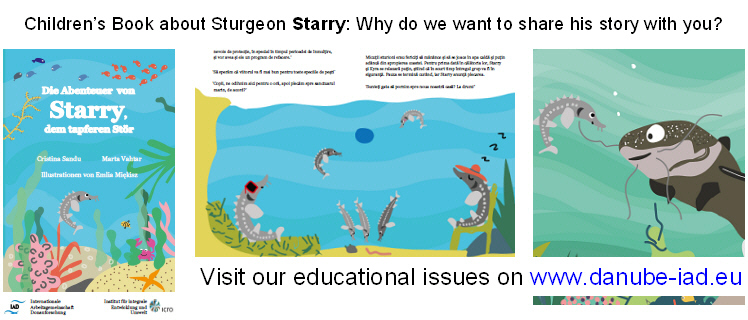
Children's Book by Sandu, Vahtar and Miękisz (2020), Translation into German credit: book illustrations
-
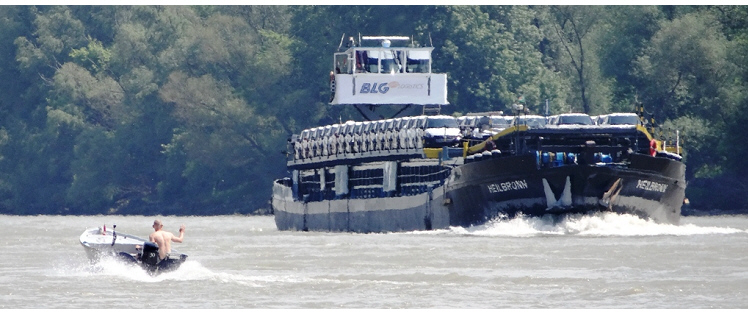
Danube Schönau, Austria, 2013 photo credit: Katrin Teubner
-
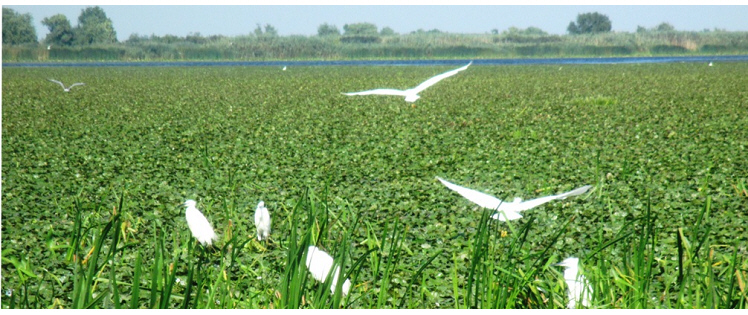
Egrets at Channel Danube Delta, Romania, 2016 photo credit: Cristina Sandu
-
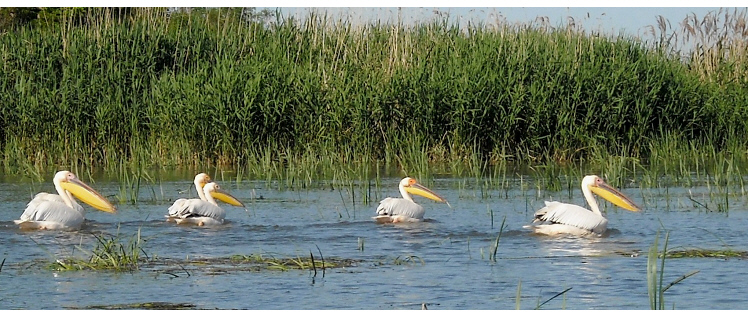
Danube Delta, pelicans, Romania photo credit: Cristina Sandu
-
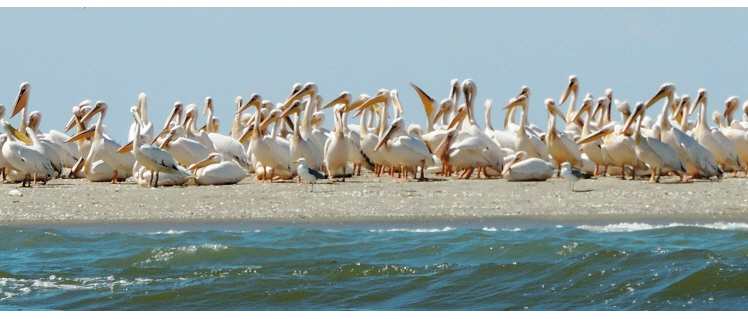
Danube Delta, pelican colony, Romania photo credit: Cristina Sandu
-
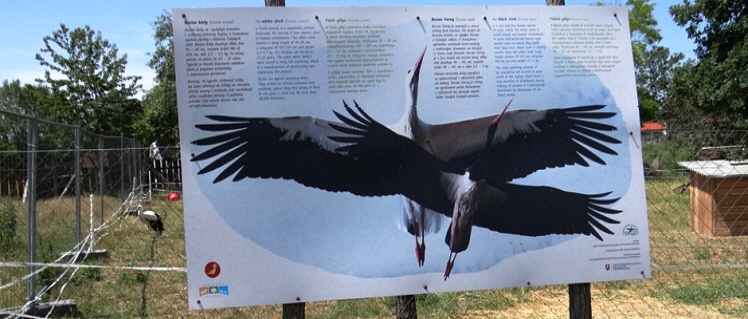
Veľkolélsky island, Slovakia, 2022photo credit: Katrin Teubner
-
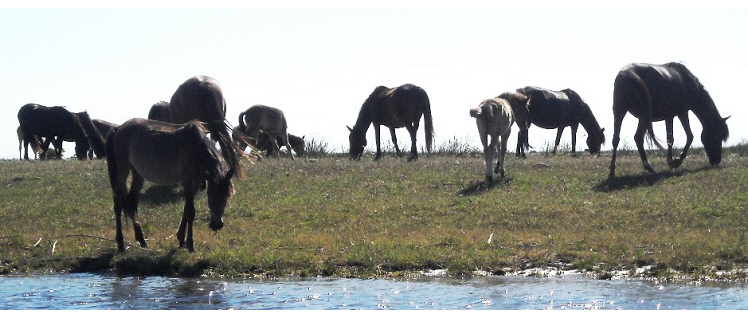
Horses in the Danube Delta, Romania photo credit: Cristina Sandu
-
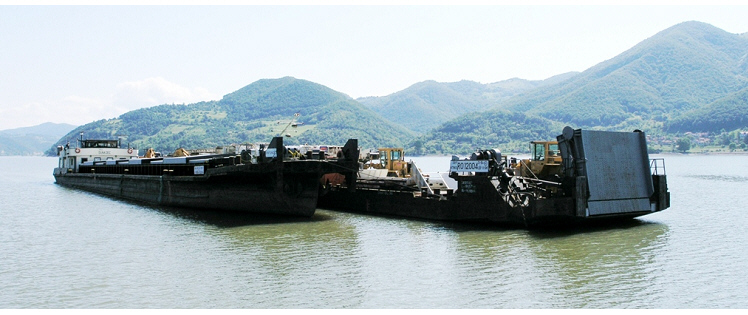
Danube, Romania, 2005 photo credit: Katrin Teubner
-
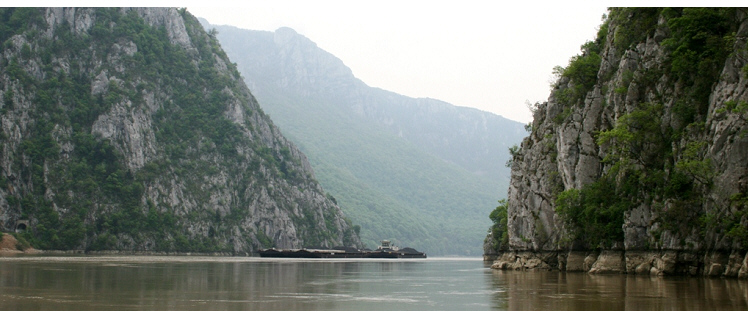
Danube, Romania photo credit: Nicolae Găldean
-
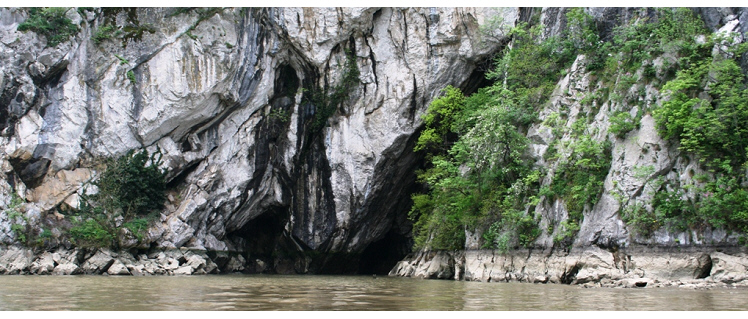
Danube, Romania photo credit: Nicolae Găldean
-
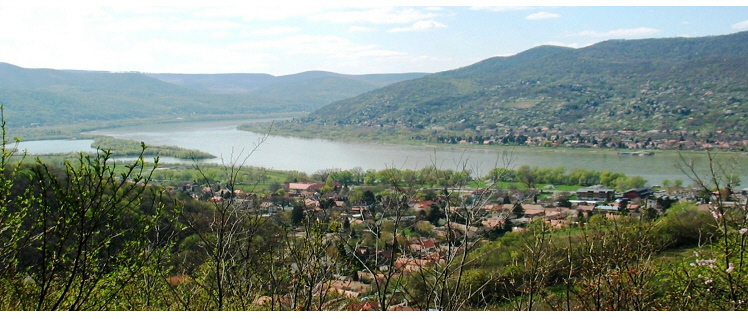
Danube at Visegrád, Hungary, 2019 photo credit: Mária Dinka
-
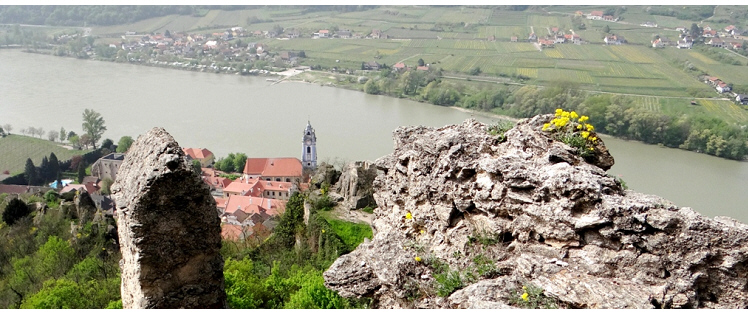
Danube stretch at town Dürnstein, Austria, 2013 photo credit: Katrin Teubner
-

Danube Delta, Chironomidae at Lake Puiu, Romania, 2005 photo credit: Katrin Teubner
-
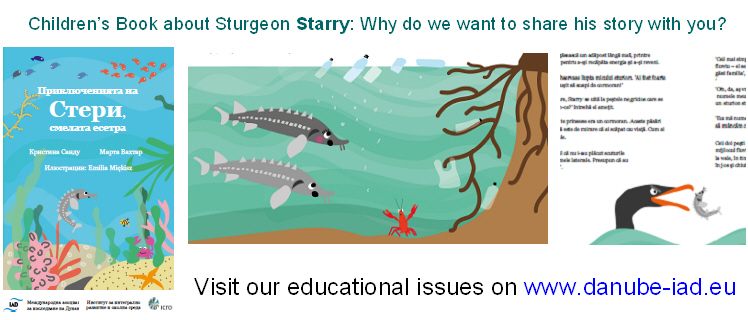
Children's Book by Sandu, Vahtar and Miękisz (2020), Translation into Bulgarian credit: book illustrations
-
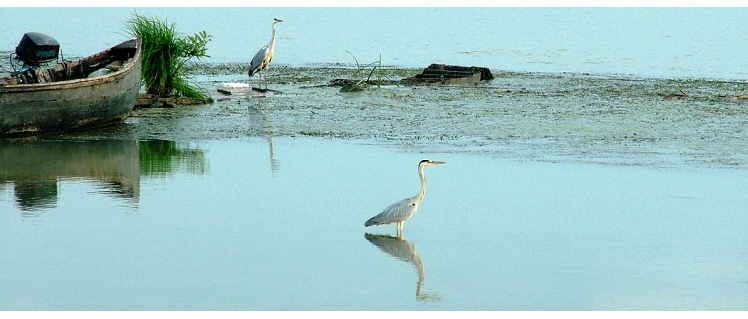
Danube Delta, Grey Herons, Romania, 2005 photo credit: Nicolae S.P.
-
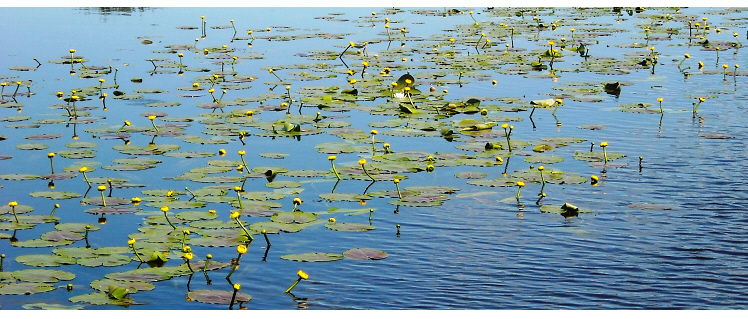
Danube Delta, Yellow Water Lily, Romania photo credit: Cristina Sandu
-

Danube Delta, stork nest, Romania photo credit: Cristina Sandu
-
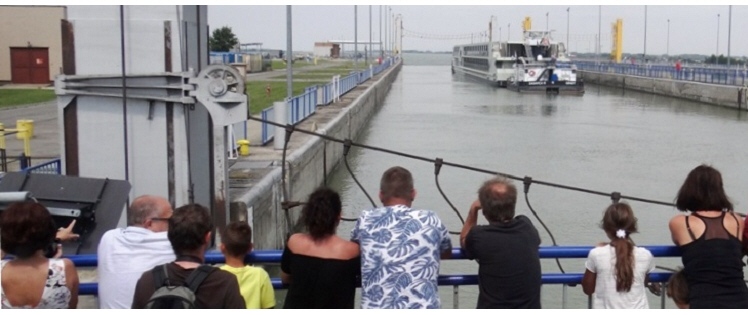
Hydroelectric power plant Gabčíkovo, Slovakia, 2018 photo credit: Katrin Teubner
-
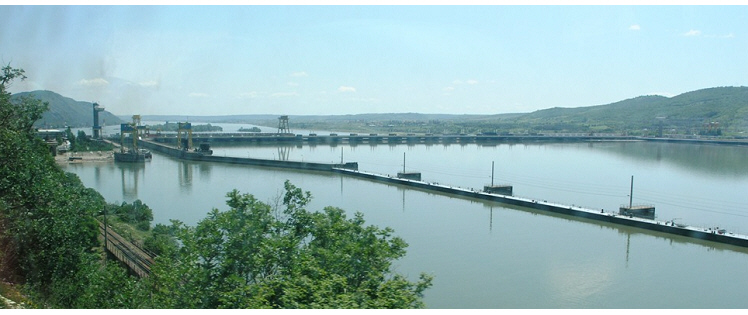
Iron Gates hydroelectric power plant, Romania, 2005 photo credit: Katrin Teubner
-

Macrophytes in the Danube Delta, Yellow Water Lily, Romania, 2005 photo credit: Katrin Teubner
-
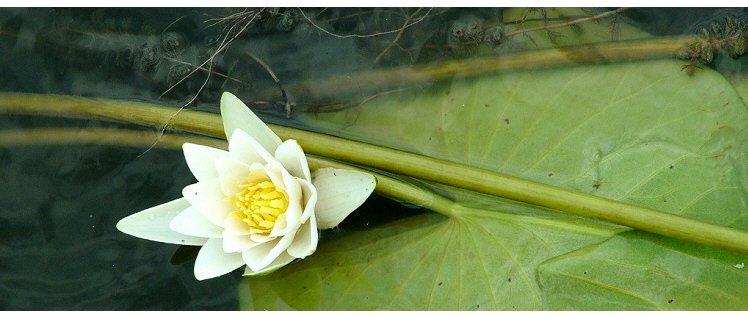
Channel Danube Delta, White Water Lily, Nymphaea alba, Romania, 2005 photo credit: Nicolae Ş.P.
-

Floodplain Danube Delta, 2005 photo credit: Nicolae Ş.P.
-
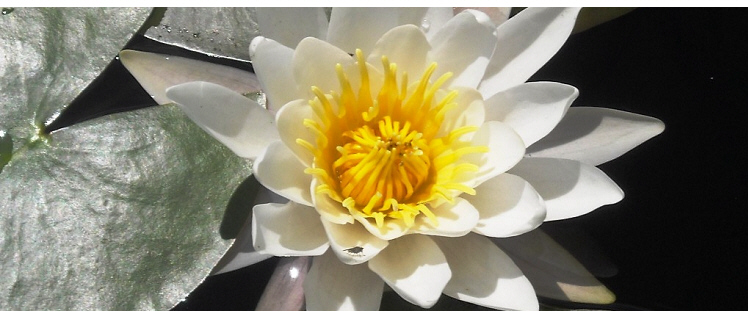
Danube Delta, White Water Lily, Nymphaea alba, Romania photo credit: Cristina Sandu
-
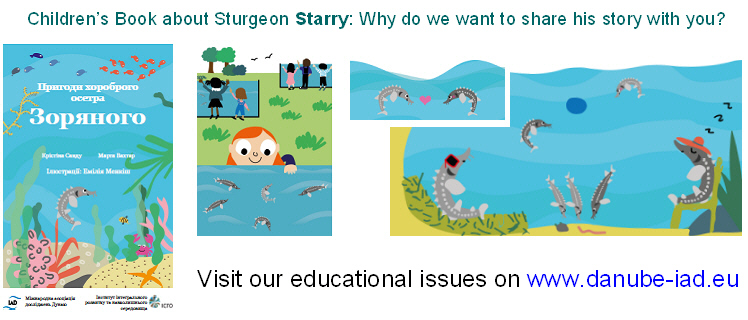
Children's Book by Sandu, Vahtar and Miękisz (2020), Translation into Ukrainian credit: book illustrations
-
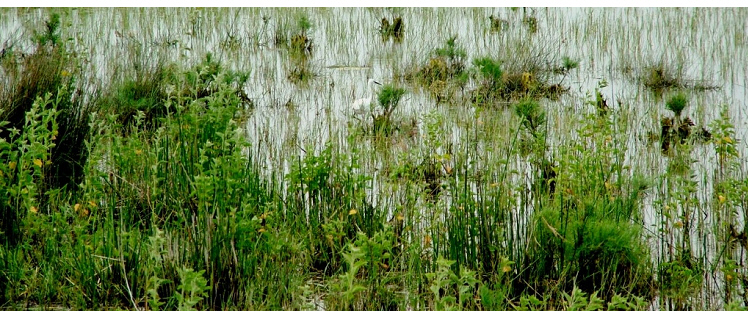
Floodplain Danube Delta, egrets, 2005 photo credit: Nicolae Ş.P.
-
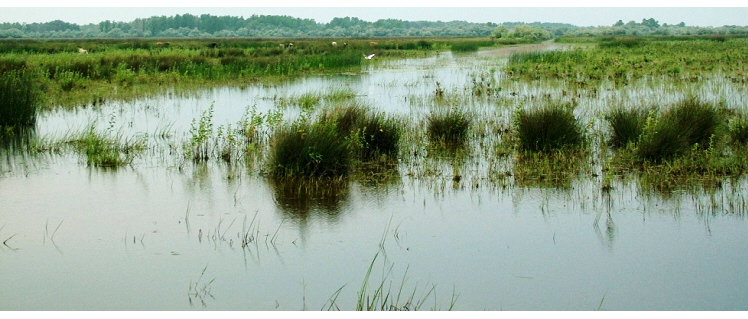
Floodplain Danube Delta, egrets, 2005 photo credit: Nicolae Ş.P.
-
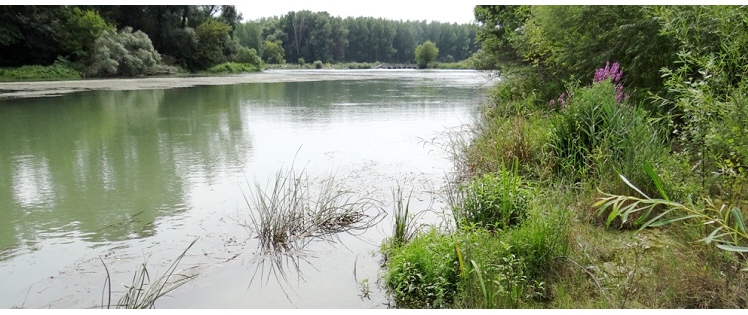
Floodplain near Gabčíkovo, Slovakia, 2018 photo credit: Katrin Teubner
-
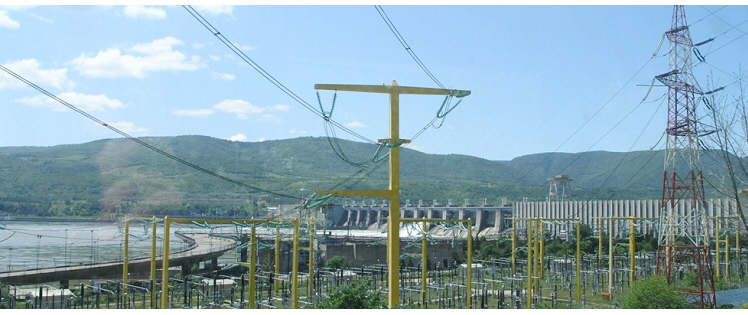
Iron Gates hydroelectric power plant, Romania, 2005 photo credit: Katrin Teubner
-

Alte Donau, Vienna, Austria, 2018 photo credit: Katrin Teubner
-
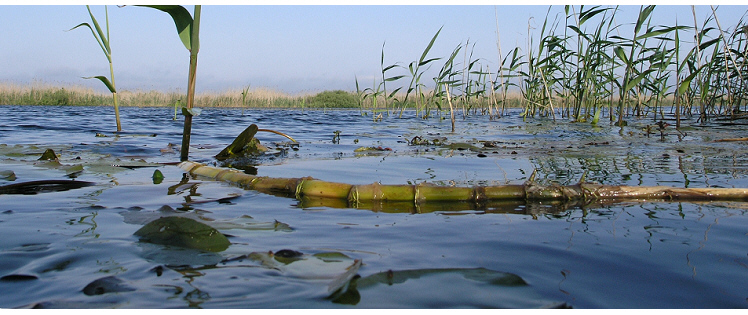
Phragmites australis in the Danube Delta, Romania, 2005 photo credit: Katrin Teubner
-
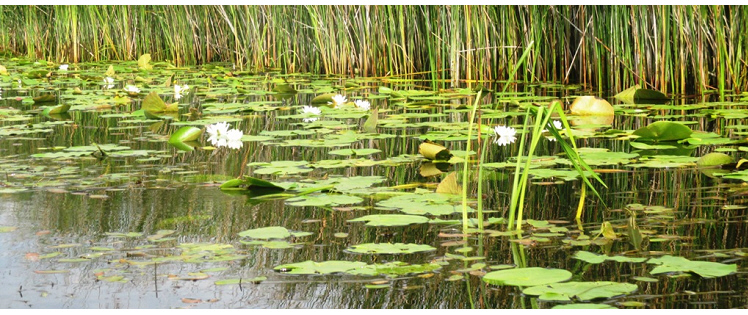
Channel Danube Delta, Romania, 2016 photo credit: Cristina Sandu
-
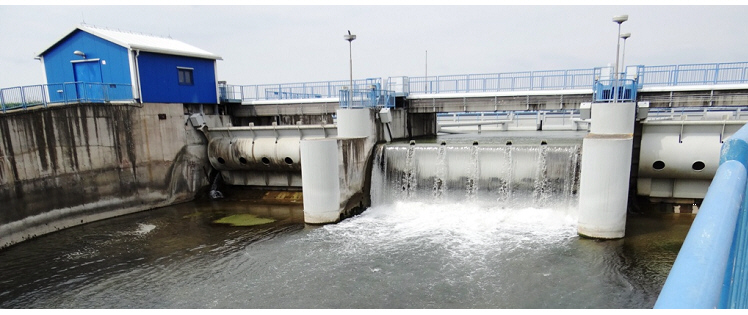
Floodplain at Gabčíkovo, Slovakia, 2018 photo credit: Katrin Teubner
-
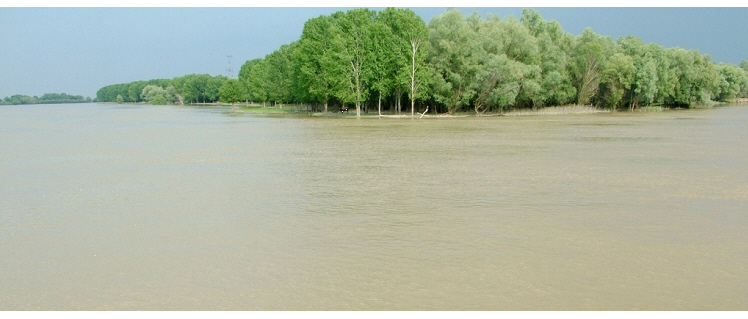
Danube, Romania, 2005 photo credit: Nicolae S.P.
-
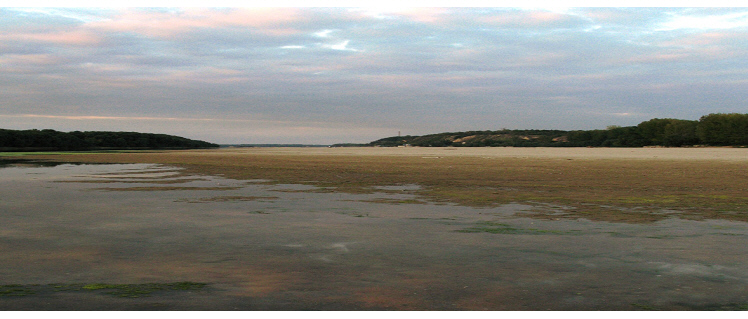
Danube, during low water level, Romania, 2005 photo credit: Nicolae S.P.
-
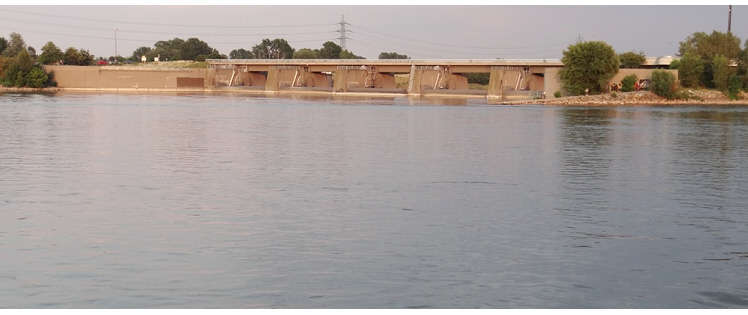
Hydroelectric power plant Grafenwoerth, Vienna, Austria, 2018 photo credit: Katrin Teubner
-
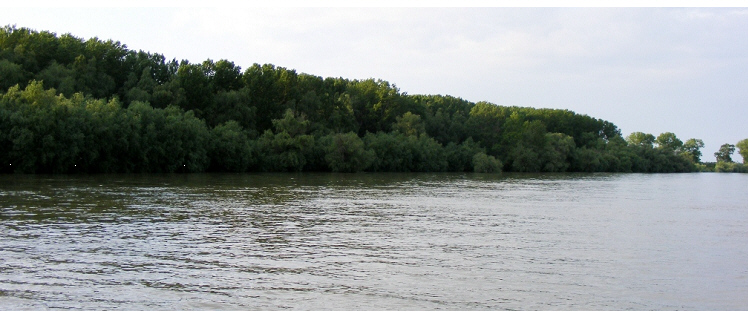
Danube, Romania photo credit: Nicolae Găldean
-

Phragmites australis in the Danube Delta, Romania, 2005 photo credit: Katrin Teubner
-
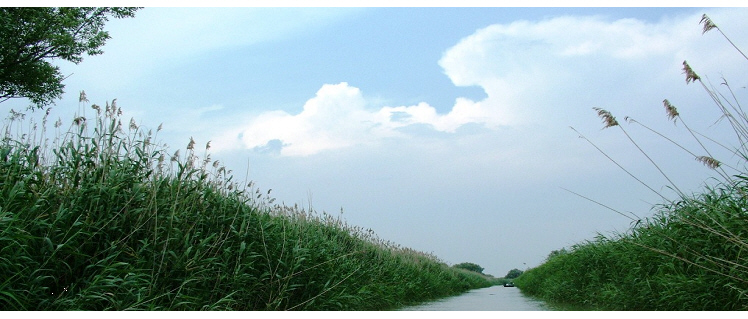
Channel Danube Delta, Romania, 2005 photo credit: Nicolae S.P.
Macrophytes
Fachgruppenleiter/Co-ordinator: Univ.-Prof. Dr. Georg A. JANAUER (Präsident ÖN-IAD/President ANC-IAD)
Überblick
Die Fachgruppe "Makrophyten" wurde mit Beschluss der Landsvertreter im Jahre 1988 eingerichtet. Sie umfasst alle wissenschaftlichen und angewandten Fragestellungen, die sich mit der makrophytischen aquatischen Vegetation, im Gewässerkörper und am Ufer, im Hauptstrom und in den Gewässern des Flusskorridors, sowie in den Nebenflüssen der Donau befassen. Zur Zeit umfasst die Fachgruppe 16 Mitglieder aus neun Donau-Staaten.
Im Zeitraum zwischen 2001 und 2005 stehen die Erfassung und Beurteilung der Gewässervegetation, auch als Ausgangspunkt für das Monitoring unter der Wasser-Rahmenrichtlinie der EU, im Mittelpunkt der Aktivitäten. Das "Donau-Projekt" der Fachgruppe www.midcc.at, ist ein wesentlicher Bestandteil davon und wird vom Bundesministerium für Bildung, Wissenschaft und Kultur (Österreich), gefördert. Gegenstand der Untersuchung sind die Makrophyten im Korridor des Hauptstromes, in einigen Zubringern und Kanalsystemen und in weiteren Gewässern im Einzugsgebiet. Ergebnisse eines Pilot-Projektes (1998 - 2000) sind in einem Sonderband des Archivs für Hydrobiologie, Supplement "Large Rivers" (14 Beiträge aus 7 Donauländern) enthalten (Veröffentlichung: Herbst 2002). Auch das "Tisza-Project" gefördert über das 5. Rahmenprogramm der EU, bearbeitet als Öko-hydrologischen Schwerpunkt die Makrophyten als Indikatoren für bestimmte Augewässertypen und als Leit-Organismen für die Gewässer-Restaurierung (Projektleitung: Prof. Jolankai, VITUKI, HU. www.tiszariver.com). Diese Untersuchungen werden eine (Neu-)Bewertung der Verteilung, Seltenheit und Gefährdung der aquatischen Vegetation ermöglichen. Durch die Georeferenzierung aller Datensätze (GPS-Einsatz) in einem Geographischen Informationssystem (GIS) und eine hohe räumliche Auflösung (Arbeitmaßstab 1 : 50000; Minimumlänge der Untersuchungseinheiten im Hauptstrom: 1000 Meter, in allen anderen Gewässern: 50 Meter) ist eine unmittelbare Verknüpfung mit Aspekten der Raum- und Projektplanung möglich und eine Basis zur Entscheidungsfindung auf fachlicher und politischer Ebene gegeben.
Neben dieser Aufgabe werden weitere auf Makrophyten bezogene Aktivitäten verfolgt: so werden die Umweltbedingungen am Standort zur Verbesserung der Entscheidungsbasis in der Fluss-Rehabilitation, taxonomische und anatomische Aspekte der Wasserpflanzen zur Präzisierung der Art-Ansprache bezüglich Hybriden und Ökotypen, und die Reaktion von Makrophyten auf hydrologische, hydraulische und trophische Aspekte von Renaturierungsmaßnahmen an Augewässern untersucht. Auch die Rolle von Makrophyten bei alternativen Verfahren zur Abwasserreinigung sind im Aufgabenkatalog enthalten, soweit sie den Donauraum betreffen.
Dieses Programm ist von den Leitungsgremien der IAD approbiert. Durch den intensiven periodischen fachlichen Austausch und die Kontakte zu Verwaltungsstellen, Akademien und Universitäten gleichermaßen sind die Aktivitäten der Fachgruppe von hoher gesellschaftlicher Relevanz und stellen die Basis für einen erfolgreichen Transfer von Wissen, Methodologie und Arbeitstechniken zwischen den Donauländern her. In diesem Sinne sieht sich die Fachgruppe "Makrophyten" als aktives Element in der Gesamtstruktur der IAD, das den Herausforderungen unserer Zeit erfolgreich begegnet.
Overview
The Expert Group "Macrophytes" (EGM) was established by the Board of National IAD Representatives in 1988. All scientific and applied aspects dealing with the aquatic macrophyte vegetation of the Danube, in water bodies and riparian zones, in the main river channel and in the waters of the river corridor, as well as in the tributaries are comprised in its program. At present 16 members from nine countries contribute to the activities of the EGM.
In the period 2001 - 2005 the activities are focussed on the assessment and evaluation of the aquatic vegetation in the river corridor and on establishing a base for the monitoring under the Water Framework Directive/EU. The "Danube Project" of the EGM ( www.midcc.at ) is an essential part of this approach. It is funded by the Federal Ministry of Education, Science and Culture (Austria). The main river, some tributaries and canal systems, and other relevant rivers in the catchment are studied.
Results of a Pilot-Study (1998 - 2000) are published in a Special Issue of the Archive of Hydrobiology, Supplement "Large Rivers" (14 contributions from seven Danube countries, expected late fall 2002). The "Tisza Project", funded through the 5th Framework Program of the EU (Co-ordinator: Prof. Jolankai, VITUKI, HU. www.tiszariver.com ), integrated the assessment of macrophytes as an eco-hydrological focus for indicating different types of oxbows and side channels and as a crucial group of organisms in oxbow restoration. These studies will enable the (re-)evaluation of the distribution, rareness and danger of extinction of the aquatic vegetation. The application of GIS-techniques, georeferencing all data sets, and a high spatial resolution (working scale 1:50.000; minimum length of survey units in the main river channel: 1000 metres, in all other water bodies: 50 metres)enable direct application to, and overlays with, regional and project planning and form the basis for decision making with regard to scientific, technical and political actions.
Other macrophyte related topics are: the assessment of habitat parameters to enhance the quality of decisions in river re-habilitation activities, taxonomic and anatomical studies to enhance the quality of species determination with respect to hybrids and morphological variation, and the reaction of macrophytes to hydrological, hydraulic and trophic aspects of restoration measures. The role of macrophytes in alternative sewage purification processes is also included, as far as the Danube basin is concerned.
This program is approved by the IAD boards. Intensive scientific exchange, and the contact with government administration, academies and universities alike make all activities of the EGM highly relevant to the public. They also form the basis for a successful knowledge and information transfer (KIT) among the Danube countries. With this in mind the EGM is an active element within the structures of the IAD, which will brave the challenges of our time.
